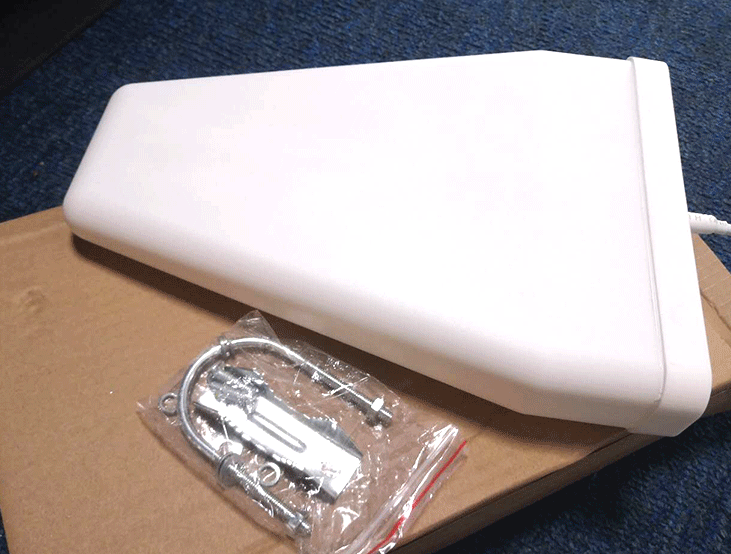Antenna Diversity Technology
Due to multipath component signals generated by reflection and other interference during signal transmission, the receiving end utilizes multiple antennas to simultaneously receive signals from different paths, and then selects and combines these signals into a total signal to reduce the impact of signal fading. This is called diversity reception. Diversity is the process of combining scattered signals into a set. As long as several signals are independent of each other, the maximum signal gain can be obtained through appropriate merging.

The methods of diversity include:
(1) Spatial diversity: The received signals of different antennas are independent of each other
(2) Polarization diversity: The signals of horizontal polarization and vertical polarization are independent of each other
(3) Frequency diversity: the received signals of different frequencies are independent of each other
(4) Time diversity: the received signals at different times are independent of each other.
The merging methods include:
(1) Best choice formula
(2) Equal gain additive
(3) Maximum ratio addition formula
Among the three merging methods, the maximum ratio additive merging method has the best performance.
Application Theory of Diversity Reception Technology in DVB-T
DVB-T (Digital Video Broadcasting Terrestrial) is the digital television terrestrial wave transmission standard in the DVB standard. The DVB-T standard was founded in 1997, using COFDM (Orthogonal Frequency Division Multiplexing Coding) modulation transmission. The internal coding uses convolutional code, the external coding uses RS code, and the interleaver uses convolutional interleaving.
In the case where both encoding and interleaving schemes have been determined in the DVB-T standard, to further improve its mobile reception performance, improvements can only be made on the receiver. There are generally two basic ways to improve:
(1) Under the existing internal receiver structure, improve the synchronization and tracking algorithm of frequency and timing in the receiver, and improve the efficiency of channel estimation and compensation algorithm for Rayleigh fading channels;
(2) Change the structure of the existing receiver.
Experimental studies have shown that dual/multi antenna diversity technology can effectively combat signal fading and significantly improve the mobile reception performance of DVB-T. The reason is that the signal strength of a given point is the sum of the vectors of the main signal and the multipath signal (adding or subtracting). Therefore, using a mobile antenna or multiple antennas spaced at least one wavelength will generate different signal levels at each antenna. At this time, the mobile antenna can cause changes in the reception level and always find the strongest signal, which can significantly improve the reception quality compared to using a single antenna. In order to significantly improve the output signal of the combined antenna, the maximum proportion combination technology MRC is applied to solve the optimal synthesis problem of diversity signals. However, currently, only DIBCOM in France has successfully applied this technology.
A solution to improve DVB-T performance through antenna diversity technology. Firstly, the signal is partially demodulated, and then the maximum proportion synthesis technique MRC is used to solve the problem of optimal signal synthesis. This technology can directly improve sensitivity, reduce the C/N threshold, and improve the anti-interference performance of multiple mirror paths.
Application of Antenna Diversity Reception Technology in Four DIBCOM Systems
At present, the French company DIBCOM is the most leading and mature in the application of antenna diversity reception technology in the DVB-T field. DIBCOM in France is a professional design company for DVB demodulation ICs, and has multiple patents in this field As a design company and agent of DIBCOM, Inno Technology has successfully applied DIBCOM's mature technology to handheld mobile devices, car mounted, home set-top boxes, PVRs, subways, buildings, and other occasions, and has paired it with the majority of mainstream backend chips in the market, such as Freescale, ST, Telecommunications, Zoran, Fujitsu, and other companies' backend.
The DModulator of DIBCOM is fully applicable to COFDM modulation based DVB-T, DVB-H, DVB-SH, ISDB-T, T-DMB, CMMB, etc. DIBCOM's antenna diversity reception technology and basic principles of communication have not undergone significant changes, but it is far ahead of other solutions in the synthesis algorithm of dispersed signals.





